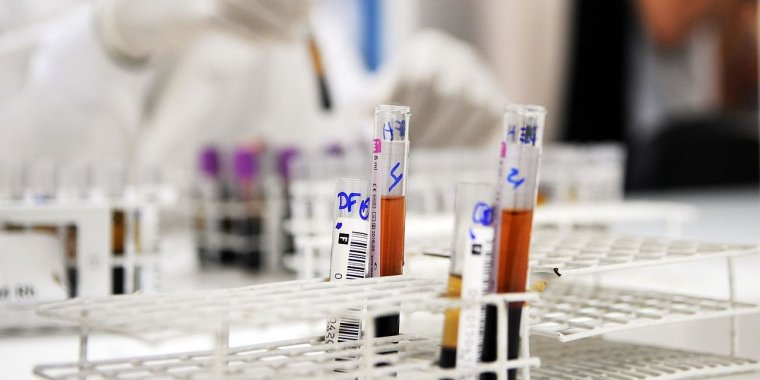| Health / Health News |
Magnetic Wires May Soon Be Used in Your Veins to Detect Cancer Earlier
Researchers at the Stanford University School of Medicine created a magnetic wire that could, in theory, be inserted into a person's vein, where it could snatch up tumor cells that had been magnetized by special nanoparticles.

Magnetic wires may soon be used in your veins to detect cancer earlier. Image credit: Agência Brasília
The device hasn't yet been tested in people, but the researchers found that, in pigs, the magnetic wire detected 10 to 80 times more floating tumor cells in the blood than a typical blood draw could.
The tumor cells that the magnetic wire picks up are known as circulating tumor cells. These are cells that split off from tumors and float through the bloodstream. By drawing blood and looking for tumor cells, doctors may be able to screen for cancer. (This type of cancer screening is called a liquid biopsy.)
The problem is that these circulating tumor cells are so few that if you just take a regular blood sample, those test tubes likely won't even have a single circulating tumor cell in them.
In the study, the researchers first tagged free-floating tumor cells in pigs with a special nanoparticle that contains magnetic properties. (In other words, they attached this magnetic molecule to the tumor cells.)
Then, they inserted the wire — which is as long as a pinky finger and as thick as a paper clip — into a vein near the pig's ear, according to the study. (This vein in pigs is similar to the veins in a human's arm.) When the magnetized tumor cells floated past the wire, they stuck to it.
Finally, the magnetic wire was removed from the vein, tumor cells and all.
The researchers found that, compared with a typical blood draw, the magnetic wire was more effective at finding these cancer cells. And compared with a previous commercial wire-based method of detection, their new device found 500 to 5,000 more tumor cells.
It would take about 80 tubes of blood to match what the wire is able to sample in 20 minutes.
In the future, the researchers think the device could be used to not only diagnose cancer but also figure out if a treatment is working, or even serve as treatment itself. (Tasnim News Agency)
YOU MAY ALSO LIKE





